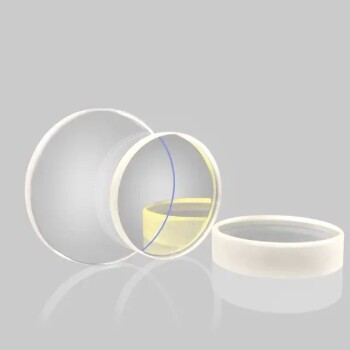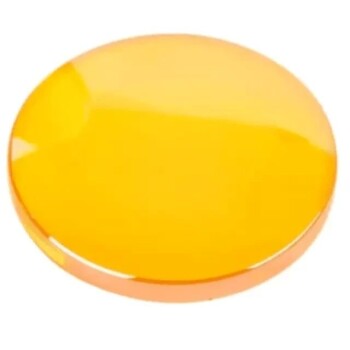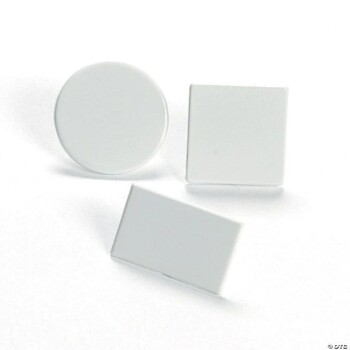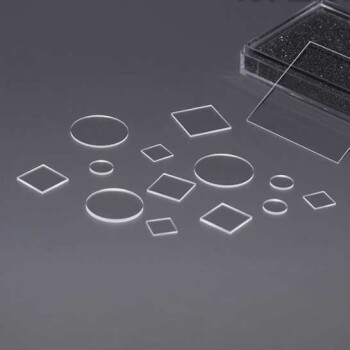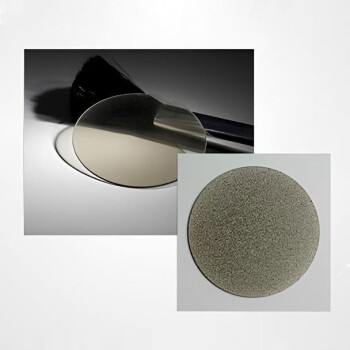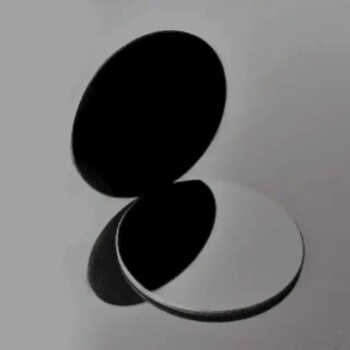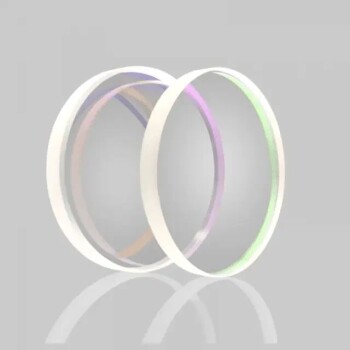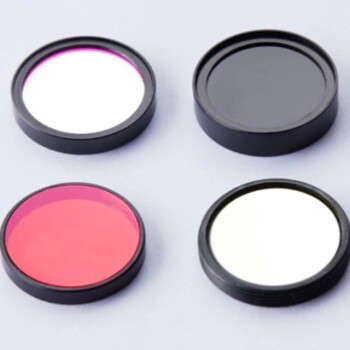극초음속 자동차 소개
정의 및 중요성
극초음속 차량은 마하 5 이상의 속도로 주행할 수 있다는 점에서 항공우주공학의 획기적인 발전을 상징합니다. 이러한 능력은 기존 항공기 및 미사일의 성능을 훨씬 능가하는 고유한 범주에 속합니다. 극초음속 기술의 중요성은 단순한 속도를 넘어 군사 전략과 우주 탐험의 지형을 근본적으로 재편합니다.
군사 응용 분야에서 극초음속 차량은 비교할 수 없는 이점을 제공합니다. 극초음속 비행체는 빠른 속도 덕분에 기존 방어 시스템을 신속하게 배치하고 회피할 수 있어 전략적 억제와 신속한 대응 임무에 필수적인 도구가 될 수 있습니다. 또한 우주 대치 시나리오에서의 잠재적 사용은 국가 안보와 기술 우위를 유지하는 데 있어 초음속 비행체의 중요한 역할을 강조합니다.
민간 및 과학 분야에서의 잠재력으로 인해 극초음속 비행체의 중요성은 더욱 증폭됩니다. 우주에 대한 고속 접근은 위성 배치, 우주 탐사 및 과학 연구에 혁명을 일으켜 더 빈번하고 효율적인 임무를 수행할 수 있게 해줍니다. 이러한 이중 용도 기능은 극초음속 기술의 광범위한 의미를 강조하며 국방과 우주 혁신 사이의 간극을 좁혀줍니다.
요약하자면, 극초음속 비행체는 단순한 기술적 경이로움이 아니라 미래 항공우주 발전의 초석이며, 군사용과 민간용 모두에 중대한 영향을 미칩니다. 극초음속 비행체의 개발은 하늘과 그 너머를 정복할 수 있는 인류의 능력에서 중요한 도약을 의미합니다.

비행 특성
극초음속 비행체는 일반적으로 지표면 위 20~100km에 이르는 매우 높은 고도에서 비행합니다. 이 운항 범위는 얇은 대기를 활용하고 항력을 줄여 극초음속을 지속적으로 유지할 수 있도록 전략적으로 선택된 것입니다. 이 고도에서는 다양한 핵심 기능을 수행할 수 있도록 설계된 정교한 시스템이 장착되어 있습니다.
이러한 첨단 시스템의 주요 역할 중 하나는 지상 관측입니다. 이 차량에는 지구 표면의 상세한 이미지를 캡처할 수 있는 고해상도 센서와 이미징 기술이 탑재되어 있습니다. 이 기능은 정보 수집, 환경 모니터링, 군사 정찰에 매우 유용합니다. 수집된 데이터는 지상 상황, 잠재적 위협, 전략적 표적에 대한 실시간 정보를 제공할 수 있습니다.
지상 관측 외에도 이 차량에는 강력한 통신 기능도 탑재되어 있습니다. 광활한 거리와 극초음속으로 운항해야 하는 특수한 문제를 고려할 때 안정적인 통신 시스템은 필수적입니다. 이러한 시스템은 임무 수행 중 수집된 데이터를 지상국이나 지휘 센터로 중단 없이 전송할 수 있도록 보장합니다. 위성 링크와 레이저 통신을 포함한 첨단 통신 기술을 사용하면 가장 까다로운 조건에서도 차량의 교신 유지 능력이 향상됩니다.
정보 수집은 이러한 첨단 시스템을 통해 촉진되는 또 다른 중요한 기능입니다. 초음속 차량에는 복잡한 데이터를 실시간으로 분석하고 해석할 수 있는 정교한 센서와 데이터 처리 장치가 장착되어 있습니다. 이 기능을 통해 상황 인식을 신속하게 평가할 수 있으므로 임무 수행 중 적시에 의사 결정을 내리고 전략을 조정할 수 있습니다. 인공 지능과 머신 러닝 알고리즘의 통합은 차량의 정보 수집 능력을 더욱 향상시켜 현대 군사 작전에 없어서는 안 될 도구가 되었습니다.
전반적으로 초음속 비행체의 비행 특성은 지상 관측, 통신 및 정보 수집을 위한 첨단 시스템과 결합되어 군사 및 과학 분야에서 강력한 자산이 될 수 있습니다.
적외선 이미징 및 유도 시스템
터미널 유도에서의 역할
적외선 영상 유도는 초음속 비행체의 터미널 유도 단계에서 중추적인 역할을 하며, 고속 비행의 복잡성 속에서 정밀도와 신뢰성을 보장합니다. 이 기술은 높은 정밀도, 강력한 간섭 방지 기능, 탁월한 감도 덕분에 필수 불가결한 기술입니다. 차량이 목표물에 근접하는 종착 단계에서는 주변 환경을 정확하게 인식하고 대응하는 능력이 매우 중요합니다. 적외선 이미징 시스템은 대기 방해 및 전자기 간섭이 있는 상황에서도 선명하고 상세한 이미지를 제공하여 이러한 맥락에서 탁월한 성능을 발휘합니다.
적외선 이미징의 고감도 덕분에 아주 미세한 열 신호도 감지할 수 있어 다양한 조건에서 목표물을 추적하는 데 이상적입니다. 이러한 감도는 대기 왜곡이나 위장으로 인해 기존 레이더나 시각 시스템이 흔들릴 수 있는 상황에서 특히 중요합니다. 또한 적외선 이미징 시스템의 간섭 방지 기능은 전파 방해나 다른 형태의 전자전에도 정확한 안내를 유지하도록 보장합니다.
요약하면, 적외선 영상 유도는 단순한 기술 자산이 아니라 극초음속 차량의 성공적인 운용을 위한 필수 요소이며, 특히 중요한 단말기 유도 단계에서 필수적입니다. 정밀도, 감도, 복원력이 결합된 이 기술은 최신 극초음속 기술의 필수 구성 요소입니다.
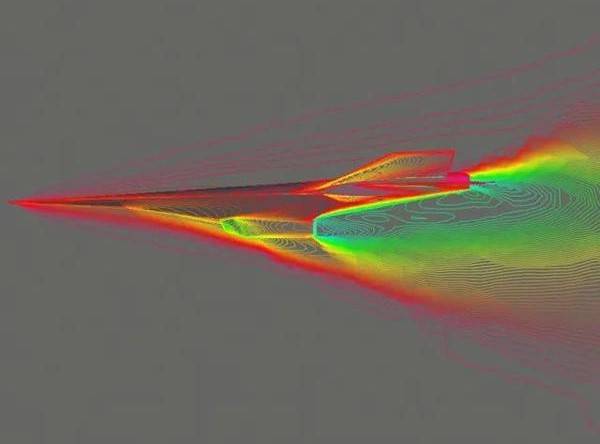
고속 비행의 도전 과제
고속 비행은 특히 적외선 이미징 및 유도 시스템에 사용되는 광학 창과 관련하여 무수히 많은 과제를 안고 있습니다. 초음속 비행체는 마하 5 이상의 속도로 대기를 통과하면서 이러한 창에 큰 영향을 미치는 복잡한 유동장을 만나게 됩니다. 극한의 압력과 온도가 특징인 이러한 흐름 장은 광학 재료와 일련의 물리적, 화학적 상호작용을 유도합니다.
주요 문제 중 하나는 이러한 상호작용으로 인한 전송 간섭입니다. 특정 적외선 파장에 투명하도록 설계된 광학 창은 고속 비행의 격렬한 조건에서 왜곡과 변형을 경험할 수 있습니다. 이러한 간섭은 전송된 이미지의 품질 저하로 이어져 유도 시스템의 정밀도와 신뢰성에 영향을 미칩니다.
또한 고속 비행 환경은 윈도우에 열 복사 및 기계적 스트레스를 가합니다. 이러한 스트레스로 인해 창에 금이 가거나 불투명해져 적외선 이미지의 품질이 더욱 저하될 수 있습니다. 이미지 품질 저하는 사소한 왜곡으로도 표적 정확도에 큰 편차를 초래할 수 있는 단말기 유도 시스템에서 특히 중요합니다.
이러한 문제를 완화하기 위해 연구자들은 고속 비행의 혹독한 조건을 견딜 수 있는 첨단 소재와 코팅을 연구하고 있습니다. 이러한 소재는 관련 적외선 대역에서 높은 내열성, 기계적 내구성, 광학 투명성을 보여야 합니다. 이러한 소재의 지속적인 개발과 테스트는 극초음속 비행체의 성능과 신뢰성을 향상시키는 데 매우 중요합니다.
대기 창 및 대역 선택
파장 대역
1-3㎛, 3-5㎛, 8-14㎛ 대역은 대기 흡수를 최소화하기 때문에 일반적으로 대기 창이라고 불리며, 이는 극초음속 차량의 적외선 이미징 및 유도 시스템에 중요한 요소입니다. 이 대역은 간섭을 최소화하면서 대기를 투과할 수 있어 더욱 선명하고 신뢰할 수 있는 이미지를 얻을 수 있다는 점에서 특히 유리합니다.
극한의 속도와 고도로 비행하는 극초음속 비행의 경우, 적절한 파장 대역을 선택하는 것이 매우 중요합니다. 예를 들어 1-3 μm 대역은 고해상도 이미징이 필요한 단거리 애플리케이션에 이상적입니다. 이 대역은 작고 빠르게 움직이는 물체를 높은 정밀도로 감지하는 데 특히 유용합니다.
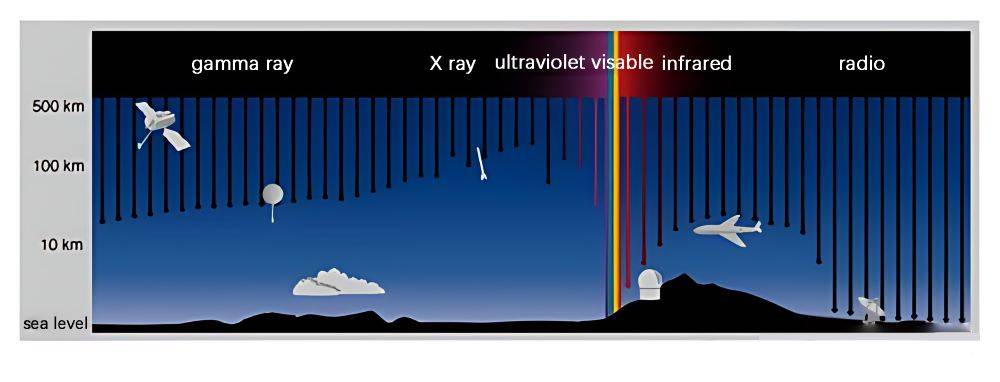
반면 3~5μm 대역은 단파 기능과 장파 기능 사이의 균형을 제공합니다. 중거리 애플리케이션에 적합하며 해상도와 감도 사이의 적절한 절충점을 제공합니다. 이 대역은 표적의 디테일과 환경 침투가 모두 중요한 시나리오에서 자주 사용됩니다.
장파장 적외선(LWIR) 대역이라고도 하는 8~14μm 대역은 장거리 애플리케이션과 배경 방사선이 많은 환경에서 탁월한 성능을 발휘합니다. 이 대역은 열 신호를 감지하는 데 특히 효과적이므로 야간 작업이나 시각적 대비가 낮은 조건에서 매우 유용합니다.
| 파장 대역 | 특성 | 적합한 애플리케이션 |
|---|---|---|
| 1-3 μm | 고해상도, 단거리 | 작고 빠르게 움직이는 물체의 단거리 감지 |
| 3-5 μm | 균형 잡힌 해상도 및 감도 | 디테일한 이미지가 필요한 중거리 애플리케이션 |
| 8-14 μm | 고감도, 장거리 | 장거리 감지, 야간 작동 |
파장 대역의 선택은 임의적인 것이 아니라 비행 환경, 표적 특성, 배경 방사선의 간섭을 최소화해야 할 필요성 등 임무의 특정 요구 사항에 따라 결정됩니다. 각 대역은 다양한 운영 요구 사항을 충족하는 고유한 이점을 제공하여 초음속 차량이 작업을 효과적이고 안정적으로 수행할 수 있도록 보장합니다.
선택 기준
극초음속 차량에 적합한 적외선 대역을 선택하는 것은 몇 가지 중요한 요소에 따라 다각적으로 결정됩니다. 먼저 비행 환경 가 중추적인 역할을 합니다. 극초음속 차량은 대기의 밀도와 구성이 크게 달라지는 20~100km의 고도에서 극한의 조건에서 운행됩니다. 이러한 조건은 적외선의 투과 및 흡수에 영향을 미칠 수 있으므로 이 범위에서 효과적인 대역이 필요합니다.
두 번째로 목표 방사선 특성 을 고려해야 합니다. 표적마다 다양한 파장에서 방사선을 방출하므로, 정확한 탐지 및 추적을 위해 선택한 대역은 이러한 방출에 민감해야 합니다. 예를 들어, 특정 표적은 3~5μm 대역에서 강하게 방출되는 반면 다른 표적은 8~14μm 범위에서 더 잘 감지될 수 있습니다.
마지막으로 배경 방사선 은 또 다른 복잡성을 야기합니다. 지구의 대기, 천체, 심지어 태양 복사까지 배경 잡음에 기여할 수 있으며, 이는 목표 신호를 가릴 수 있습니다. 따라서 선택한 대역은 타겟과 배경 사이에 명확한 대비를 제공하여 간섭을 최소화하고 신호 대 잡음비를 향상시켜야 합니다.
세 가지 주요 적외선 대역의 일반적인 특성을 설명하는 다음 표를 참고하세요:
| 대역(μm) | 대기 전송 | 일반적인 애플리케이션 |
|---|---|---|
| 1-3 μm | 맑은 조건에서 높음 | 단거리 조준, 미사일 유도 |
| 3-5 μm | 보통, 수증기의 영향을 받음 | 중거리 조준, 감시 |
| 8-14 μm | 높음, 수증기의 영향을 덜 받음 | 장거리 표적, 야간 투시 |
요약하자면, 극초음속 차량용 적외선 대역을 선택하는 것은 만능이 아닙니다. 이미징 및 유도 시스템의 최적의 성능을 보장하기 위해서는 환경 조건, 표적 특성 및 배경 방사선의 신중한 균형이 필요합니다.
광학 창용 재료
일반적인 재료
극초음속 차량의 영역에서 광학 창 소재의 선택은 적외선 이미징 및 유도 시스템의 무결성과 기능을 유지하는 데 매우 중요합니다. 다음과 같은 소재는 불화 마그네슘 , 사파이어 , 스피넬 , 이트륨 산화물 , 산화 지르코늄 , 황화 아연 및 다이아몬드 는 고속 비행의 극한 조건을 견딜 수 있도록 고안된 독특한 특성으로 인해 사용됩니다.
불화 마그네슘 는 자외선부터 적외선 스펙트럼에서 높은 투명도로 잘 알려져 있어 광범위한 파장에 걸쳐 선명한 투과가 필요한 애플리케이션에 이상적입니다. 사파이어 는 경도와 내열성이 뛰어나 초음속 비행 중 발생하는 마모력과 고온에 대한 내구성을 보장합니다.
스피넬 과 이트륨 산화물 는 굴절률이 높고 분산이 적어 광학 수차를 최소화하고 이미지의 선명도를 높이는 데 도움이 되기 때문에 선호되는 소재입니다. 산화 지르코늄 는 기계적 강도와 열 안정성이 균형을 이루고 있어 내구성과 온도 저항성이 모두 중요한 환경에 적합합니다.
황화 아연 는 3~5μm 및 8~14μm의 대기권에서 이미지를 촬영하는 데 필수적인 중파장 적외선(MWIR) 및 장파장 적외선(LWIR) 영역에서 뛰어난 투과율을 자랑합니다. 마지막으로 다이아몬드 는 탁월한 경도와 열전도율을 자랑하며 최고 수준의 보호와 성능이 요구되는 시나리오에서 사용됩니다.
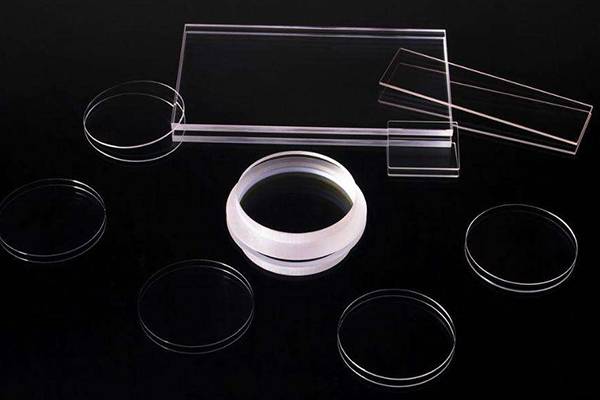
이러한 각 소재는 열 충격, 기계적 응력, 광학 선명도와 같은 특정 문제를 해결하면서 뚜렷한 이점을 제공합니다. 따라서 소재 선택은 비행 환경, 표적 특성, 이미징 및 유도 시스템의 특정 요구 사항에 따라 영향을 받는 중요한 결정입니다.
성능 및 한계
극초음속 차량용 광학 창 제작에 사용되는 각 소재는 성능과 특정 애플리케이션에 대한 적합성에 영향을 미치는 고유한 특성을 나타냅니다.
경도
- 불화 마그네슘: 경도가 적당하여 스크래치가 잘 생기지 않는 것으로 알려져 있지만 더 단단한 소재에 비해 기계적 손상에 취약합니다.
- 사파이어 : 경도가 뛰어나 마모와 마모에 대한 저항력이 뛰어나 고속 비행 시 광학 선명도를 유지하는 데 매우 중요합니다.
- 다이아몬드: 가장 단단한 소재로 알려져 있으며 극한의 조건에서도 표면 열화를 최소화하지만 비용과 가용성에 따라 적용이 제한됩니다.
열 저항
- 이트륨 산화물: 열 안정성이 뛰어나며 고온에서도 큰 성능 저하 없이 견딜 수 있어 열 복사가 심한 환경에 이상적입니다.
- 산화 지르코늄: 우수한 내열성을 제공하지만 고온에 장시간 노출되면 광학 특성에 영향을 줄 수 있는 열팽창이 발생할 수 있습니다.
- 스피넬: 내열성과 적당한 경도가 균형을 이루며 두 가지 특성이 모두 중요한 애플리케이션에 적합하지만 산화 이트륨의 열 안정성과 일치하지 않을 수 있습니다.
비용
- 황화 아연: 성능 향상을 위해 추가 코팅이 필요할 수 있지만, 일반적으로 저렴하고 특성과 비용 효율성이 균형을 이루고 있어 널리 사용됩니다.
- 다이아몬드: 탁월한 성능을 제공하지만 높은 비용과 제한된 가용성으로 인해 광학 창에 광범위하게 사용하기에는 실용성이 떨어집니다.
- 사파이어 : 다른 소재보다 비싸지만 경도와 내열성이 뛰어나 고성능 애플리케이션에 사용하기에 적합합니다.
각각의 장점과 한계가 있는 이러한 소재는 극초음속 비행체의 임무 프로파일의 특정 요구 사항에 따라 신중하게 선택되어 고속 비행의 극한 조건에서 최적의 성능을 보장합니다.
실험 분석 및 결과
다양한 시나리오에서의 이미징
중파 및 장파 열화상 카메라의 성능을 평가할 때는 다양한 운영 환경에서의 효율성을 고려하는 것이 중요합니다. 이러한 시나리오에는 강렬한 태양 복사에 대한 노출, 해수면 반사, 재밍 폭탄으로 인한 간섭 등이 포함됩니다.
태양 복사열이 높은 환경에서는 중파장 열화상 카메라의 해상도가 높고 작은 온도 차이에도 민감하게 반응하기 때문에 장파장 카메라보다 성능이 뛰어난 경향이 있습니다. 따라서 강렬한 햇빛 아래에서도 대상을 세밀하게 감지하고 추적하는 데 이상적입니다.
반대로 바다 반사와 관련된 상황에서는 장파장 열화상 카메라가 뛰어난 성능을 발휘합니다. 스펙트럼 범위가 넓고 주변 온도 변화에 대한 감도가 낮기 때문에 바다 반사로 인한 눈부심을 효과적으로 걸러내어 해상 시나리오에서 목표물을 더욱 선명하게 이미지화할 수 있습니다.
재밍 폭탄은 이미징 시스템을 방해할 수 있는 심각한 전자기 간섭을 발생시키기 때문에 독특한 문제를 야기합니다. 여기서 장파 열화상 카메라의 장점이 다시 한 번 입증됩니다. 장파 열화상 카메라 고유의 재밍 방지 특성 덕분에 안정적인 이미징 성능을 유지할 수 있어 이러한 위협이 있는 상황에서도 목표물 추적의 연속성과 신뢰성을 보장할 수 있습니다.
| 시나리오 | 중파장 카메라 | 장파장 카메라 |
|---|---|---|
| 태양 복사 | 우수 | 열등 |
| 바다 반사 | 열등한 | 우수 |
| 방해 폭탄 | 열등한 | 우수 |
이 비교 분석은 특정 시나리오에서 각 열화상 카메라 유형의 뚜렷한 장점을 강조하며, 운영 환경과 직면한 위협에 따라 적절한 기술을 선택하는 것이 중요하다는 점을 강조합니다.
열 복사 효과
극초음속 차량의 창문 소재 선택은 구조적 무결성 유지뿐만 아니라 극한의 열 조건에서 적외선 이미지의 품질을 보장하는 데에도 매우 중요합니다. 극초음속 비행의 일반적인 고온 환경은 상당한 열 복사를 유발하여 광학 윈도우의 성능을 저하시키고 결과적으로 이미징 정확도에 영향을 미칠 수 있습니다. 이러한 성능 저하는 열팽창으로 인한 기계적 변형뿐만 아니라 투과율 및 반사율과 같은 재료의 광학적 특성의 변화를 포함하는 다각적인 측면에서 발생합니다.
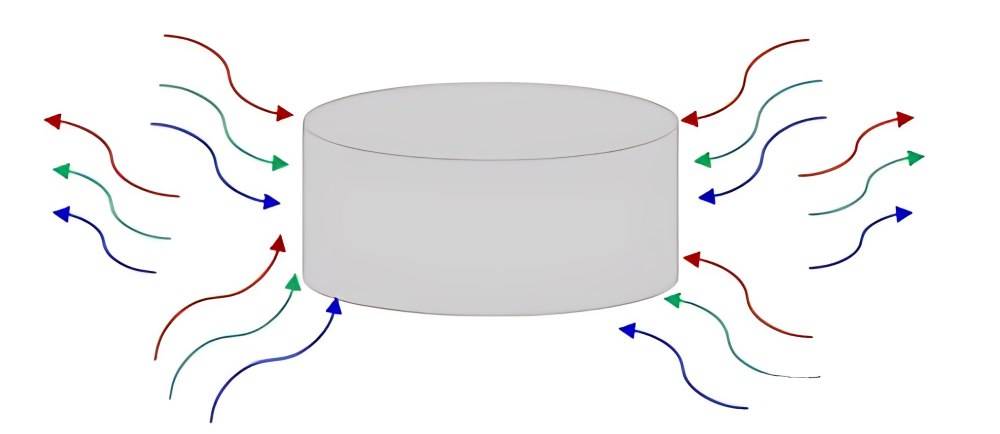
이러한 문제를 해결하기 위해 다양한 창 소재가 열 복사 및 이미징 품질에 미치는 영향을 평가하기 위한 실험 분석이 수행됩니다. 불화 마그네슘, 사파이어 및 황화 아연과 같은 소재는 시뮬레이션된 고온 조건에서 엄격한 테스트를 거칩니다. 이 테스트는 열 성능 저하를 방지하고 선명한 이미지를 유지하는 능력 측면에서 이러한 소재의 성능을 평가합니다. 예를 들어 사파이어 는 높은 경도와 내열성으로 잘 알려져 있으며, 강렬한 열에서도 광학 선명도를 유지하는 데 유망한 결과를 보여주었습니다.
| 소재 | 열 저항 | 광학 선명도 | 비용 |
|---|---|---|---|
| 불화 마그네슘 | 높음 | 보통 | 낮음 |
| 사파이어 | 매우 높음 | 높음 | 높음 |
| 황화 아연 | 높은 | 높음 | 보통 |
이 실험의 결과는 극초음속 비행의 가혹한 조건을 견디면서 적외선 이미징 시스템의 신뢰성과 정밀도를 보장할 수 있는 최적의 창 소재를 선택하는 데 매우 중요합니다. 이 연구는 더 나은 소재를 개발하는 데 도움이 될 뿐만 아니라 초음속 비행체를 위한 보다 견고하고 효과적인 유도 시스템을 설계하는 데도 도움이 됩니다.
결론 및 향후 방향
연구 결과 요약
중파 시스템은 표적의 상세한 관찰을 캡처하는 데 탁월한 성능을 보여 고해상도 이미지가 필요한 시나리오에 이상적입니다. 반면, 장파 시스템은 향상된 전파 방해 방지 기능이 돋보이는데, 이는 전자전 대응에 맞서 작전 무결성을 유지하는 데 매우 중요합니다.
황화 아연은 극한 조건에서 전송 효율과 구조적 무결성의 균형을 유지하는 고유한 특성으로 인해 광학 창에 특히 적합한 재료로 확인되었습니다. 이 소재는 열 및 기계적 응력이 중요한 요소인 극초음속 애플리케이션에서 특히 유리합니다.
| 시스템 유형 | 장점 | 이상적인 시나리오 |
|---|---|---|
| 중파 시스템 | 고해상도 표적 관찰 | 상세한 이미징 및 감시 |
| 장파 시스템 | 향상된 전파 방해 방지 기능 | 전자 대응 환경 |
광학 창에 황화 아연을 선택한 것은 고온 환경에서도 안정적인 광 투과율을 유지하여 선명하고 중단 없는 이미지를 보장하는 성능 덕분입니다. 따라서 기존 항공기보다 훨씬 더 까다로운 조건에서 작동하는 극초음속 차량에 선호되는 선택입니다.

극초음속 기술에 대한 시사점
향후 극초음속 기술 연구는 이러한 첨단 차량의 성능과 신뢰성을 크게 향상시키기 위해 대역 선택과 창 소재의 최적화에 우선순위를 두어야 합니다. 고온, 복잡한 유동장, 정밀한 이미징 및 유도 시스템의 필요성 등 극초음속 비행의 극한 조건에서 제기되는 고유한 과제를 고려할 때 이러한 초점은 매우 중요합니다.
대역 선택
적절한 적외선 대역을 선택하는 것은 극초음속 차량 성능을 최적화하는 데 있어 매우 중요한 요소입니다. 일반적으로 대기권이라고 불리는 1~3μm, 3~5μm, 8~14μm 대역은 대기 흡수가 최소화되어 뚜렷한 이점을 제공합니다. 그러나 대역 선택은 차량의 특정 운영 환경에 맞게 신중하게 조정해야 합니다. 예를 들어, 고해상도 이미징이 필요한 시나리오에는 3~5 μm 대역이 이상적일 수 있고, 전파 방해 방지 애플리케이션에는 8~14 μm 대역이 더 적합할 수 있습니다. 정보에 입각한 결정을 내리려면 대상 방사선 특성과 배경 방사선에 대한 포괄적인 이해가 필수적입니다.
창 재료
극초음속 차량의 광학창에 사용되는 소재는 이미징 및 유도 시스템의 무결성과 기능을 보장하는 데 중추적인 역할을 합니다. 불화 마그네슘, 사파이어 , 스피넬, 산화 이트륨, 산화 지르코늄, 황화 아연, 다이아몬드 등의 소재는 고유한 특성으로 인해 일반적으로 사용됩니다. 각 소재는 경도, 내열성, 비용 측면에서 뚜렷한 이점을 제공하지만 내재된 한계도 있습니다. 예를 들어 다이아몬드는 뛰어난 경도와 열 전도성을 제공하지만, 불화 마그네슘과 같은 소재에 비해 훨씬 더 비쌉니다.
성능 및 신뢰성
극초음속 차량의 성능과 신뢰성을 향상하려면 다각적인 접근 방식이 필요합니다. 여기에는 가장 적합한 밴드와 소재의 선택뿐만 아니라 고온 환경과 복잡한 유동장의 영향을 완화하기 위한 고급 코팅 및 처리의 개발도 포함됩니다. 실험 분석에 따르면 황화 아연과 같은 소재는 성능과 비용 간의 균형을 제공할 수 있어 광학 창에 적합한 옵션이 될 수 있습니다.
결론적으로, 앞으로의 연구는 재료 과학과 공학의 발전을 활용하여 보다 견고하고 효율적인 극초음속 차량을 만들기 위해 밴드 선택과 창 소재에 대한 이해의 간극을 메우는 것을 목표로 해야 합니다. 이러한 총체적인 접근 방식은 이러한 차량의 현재 기능을 개선할 뿐만 아니라 미래의 항공우주 기술 혁신을 위한 토대를 마련할 것입니다.
관련 제품
- 광학 창 유리 기판 웨이퍼 시트 황화아연 ZnS 창
- 셀레늄 아연(ZnSe) 광학 창 유리 기판 웨이퍼 및 렌즈
- 적외선 고저항 단결정 실리콘 렌즈
- 적외선 투과 코팅 사파이어 시트 기판 창
- 광학 창 유리 기판 웨이퍼 CaF2 기판 창 렌즈

